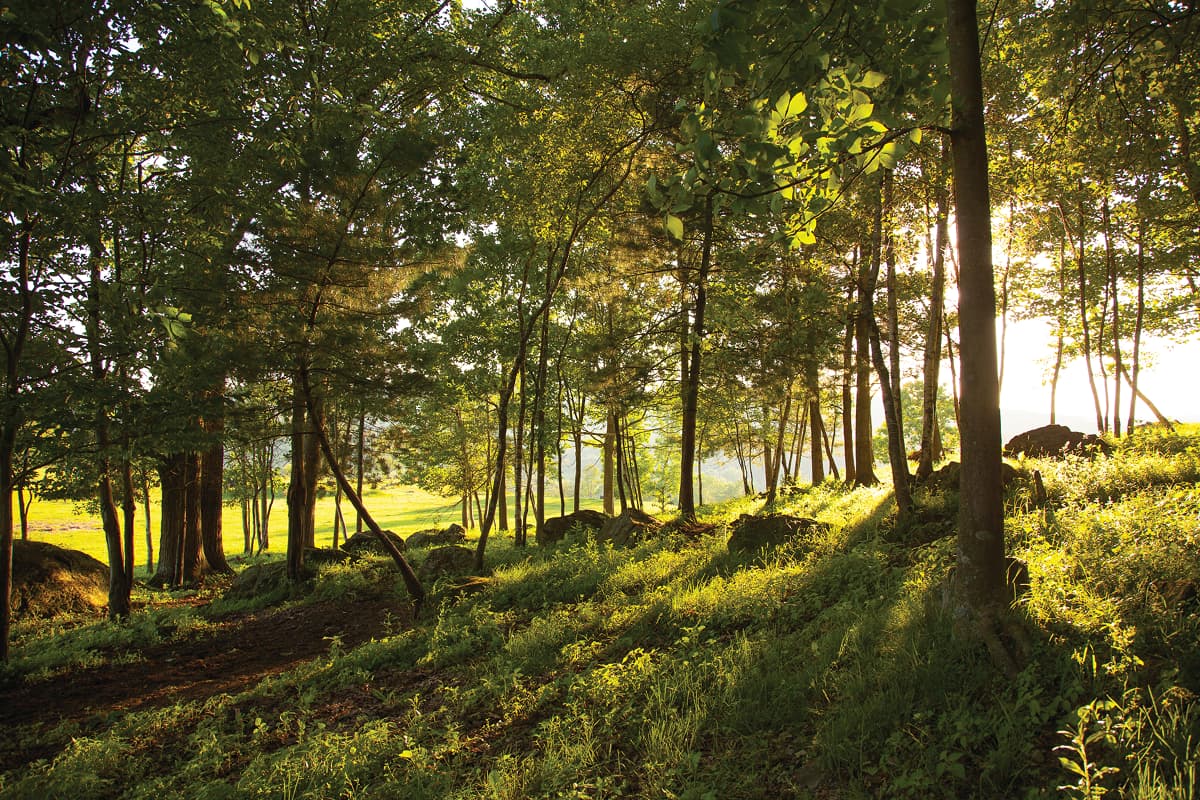
Choosing the Right Wood: A Guide to the Solid Hardwoods Behind Our Furniture
At Pompanoosuc Mills, every piece of furniture starts with one essential ingredient: solid North American hardwood. We don't just use wood—we work with a carefully curated selection of sustainably harvested hardwoods grown right here in the U.S. and Canada. Why? Because solid hardwood offers unmatched beauty, strength, and longevity, and it aligns with our values of sustainability and enduring quality.
Unlike mass-produced furniture made with compressed wood chips or MDF (medium-density fiberboard) wrapped in synthetic veneers or wood-look stickers, our furniture is crafted from genuine hardwood through and through. That means no shortcuts. No compromises. And no need to replace it every few years.
Hardwood is more than a design choice—it's a statement. Choosing solid wood means choosing craftsmanship, sustainability, and materials that grow back over time, not ones that clog landfills. Our commitment to using 100% North American hardwood supports responsible forestry, local economies, and thoughtful consumption.
We call this commitment "Fewer, Better": the belief that investing in fewer, higher-quality items leads to a more beautiful home and a more sustainable world.
Below, explore the distinctive features of the seven hardwoods we use to craft our furniture. Each species has its own personality—from the creamy tones of maple to the deep drama of walnut. Learn how they age, what makes them strong, and even a few fun facts that make them memorable.
🍁 Maple Hardwood

Extremely hard (Janka 1,450), Maple is known for withstanding heavy use without significant wear. It’s a great choice for daily-use furniture.
Abundant across North America and responsibly managed, maple is a sustainable choice with minimal environmental impact when locally sourced.
The Sugar Maple is the very same tree that produces Vermont’s world-famous maple syrup—known for its brilliant autumn foliage and sweet sap.
🌰 Walnut Hardwood
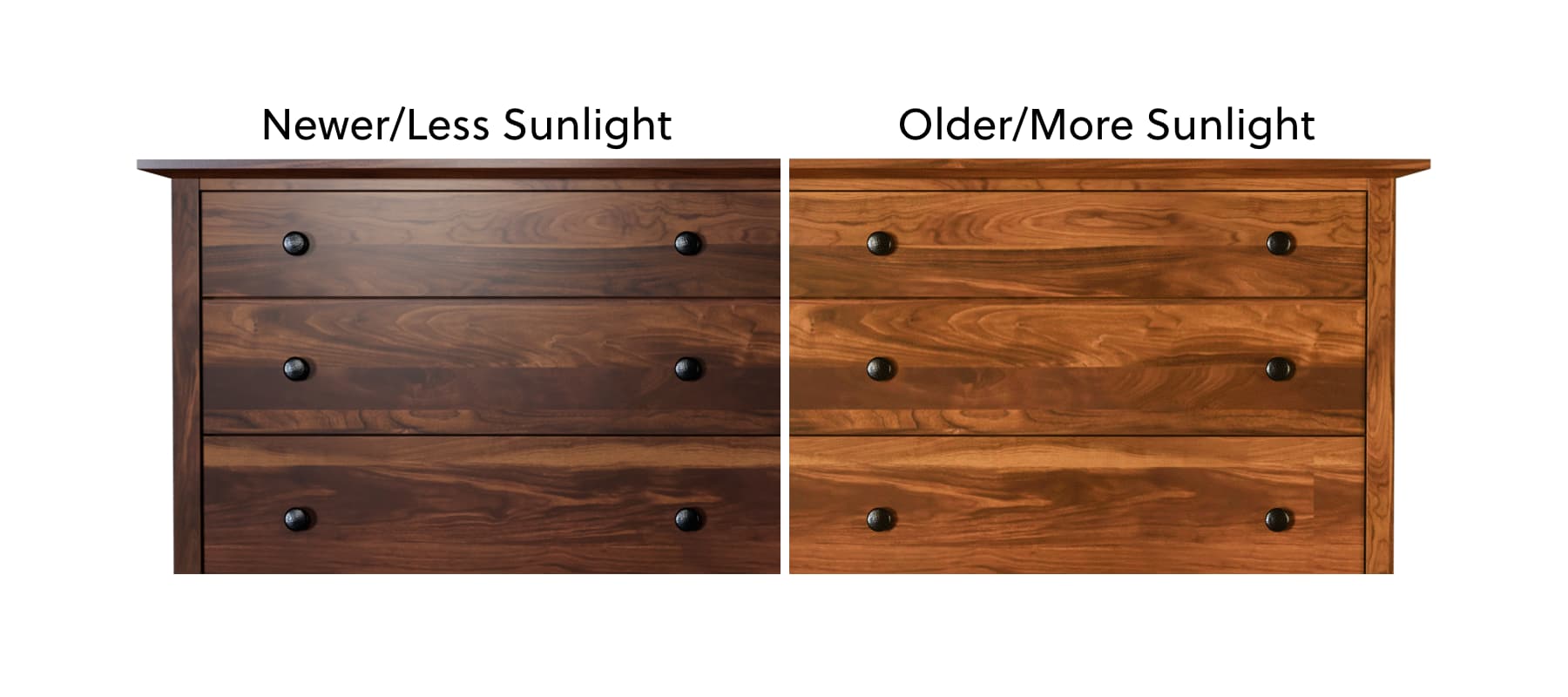
Black Walnut trees produce a natural chemical called juglone that discourages nearby plants from growing—nature’s way of reducing competition!
🍒 Cherry Hardwood
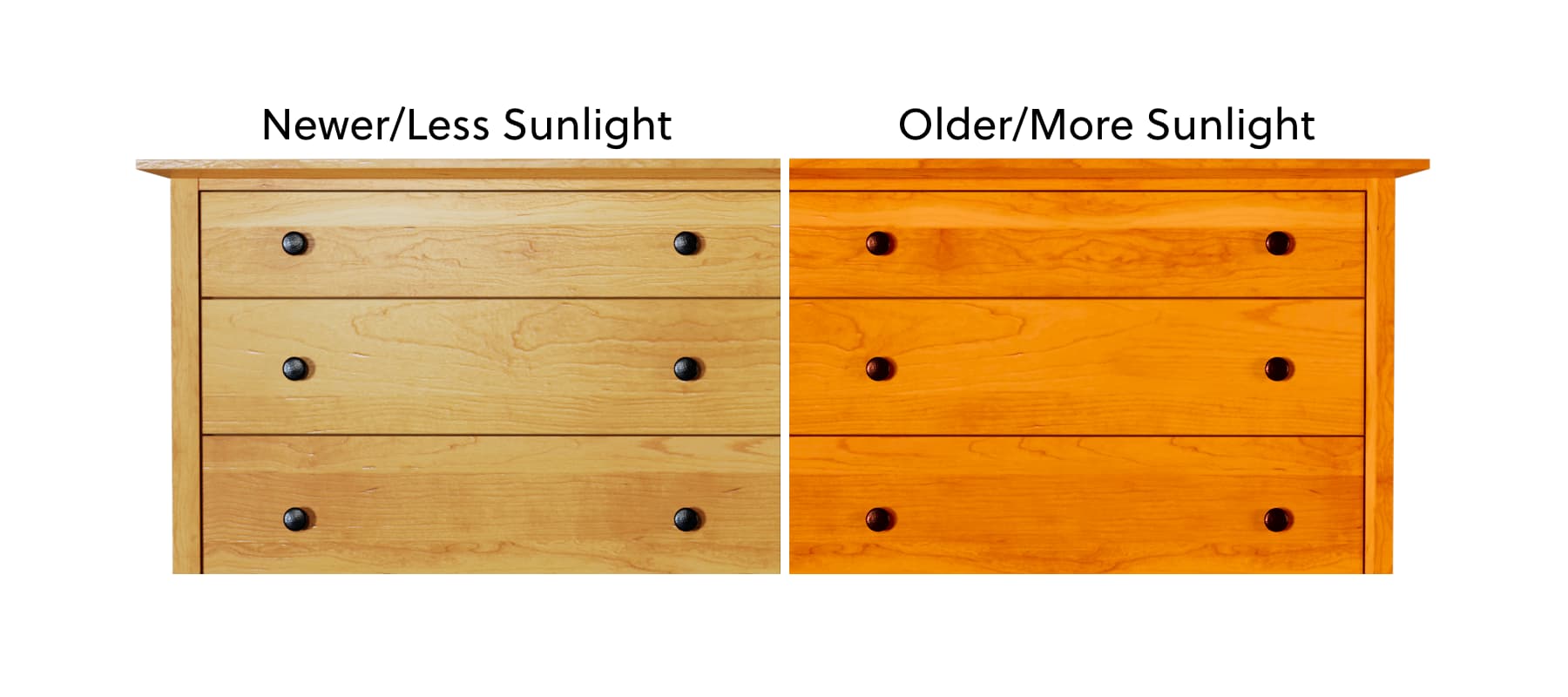
🌾 Ash Hardwood
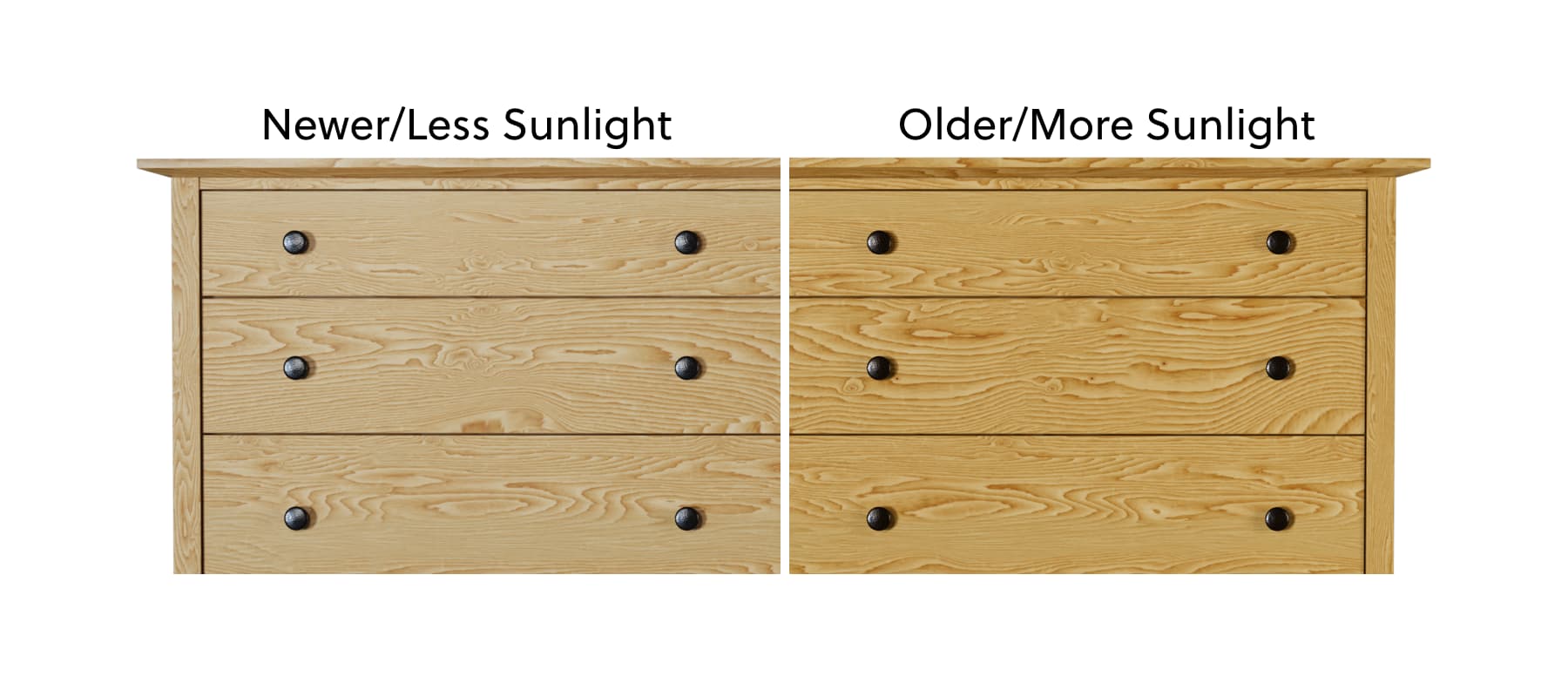
🍂 Red Oak Hardwood
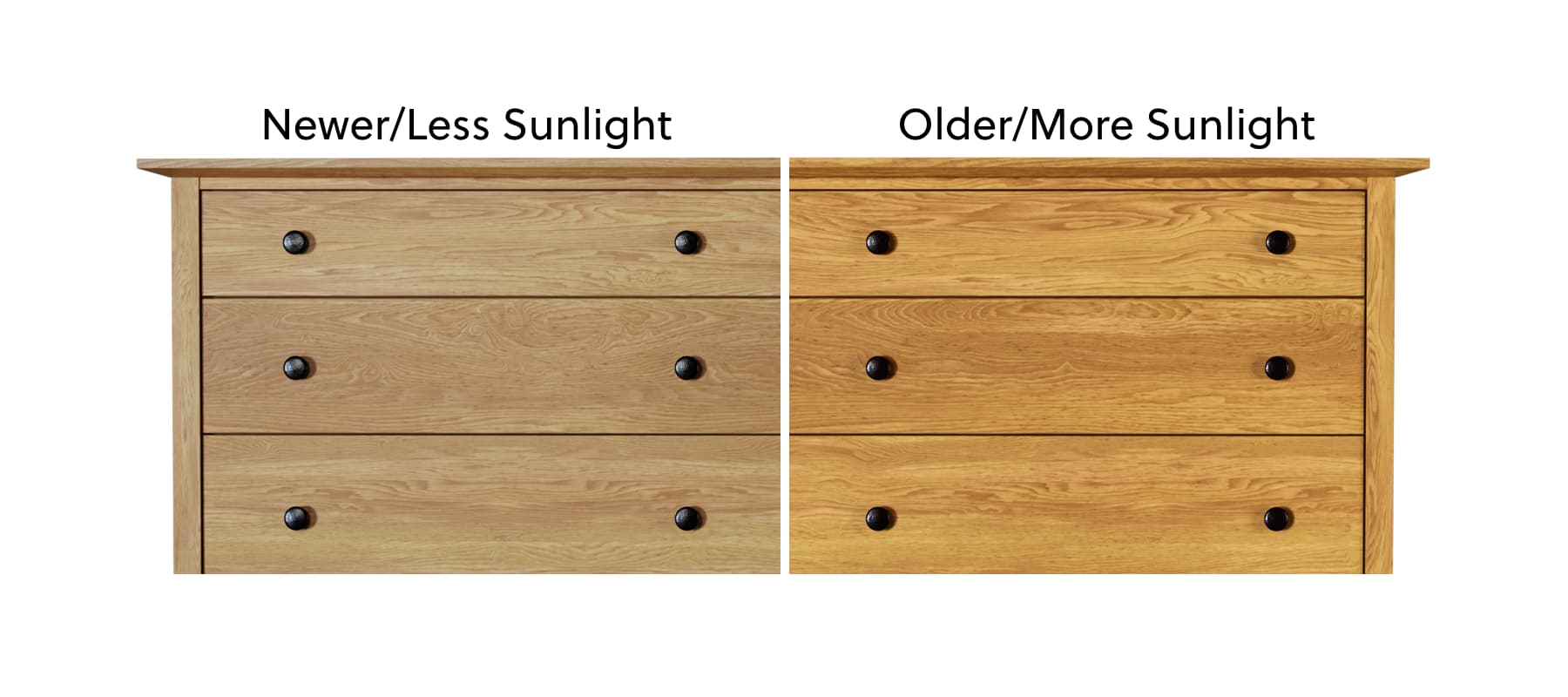
🪕 White Oak Hardwood
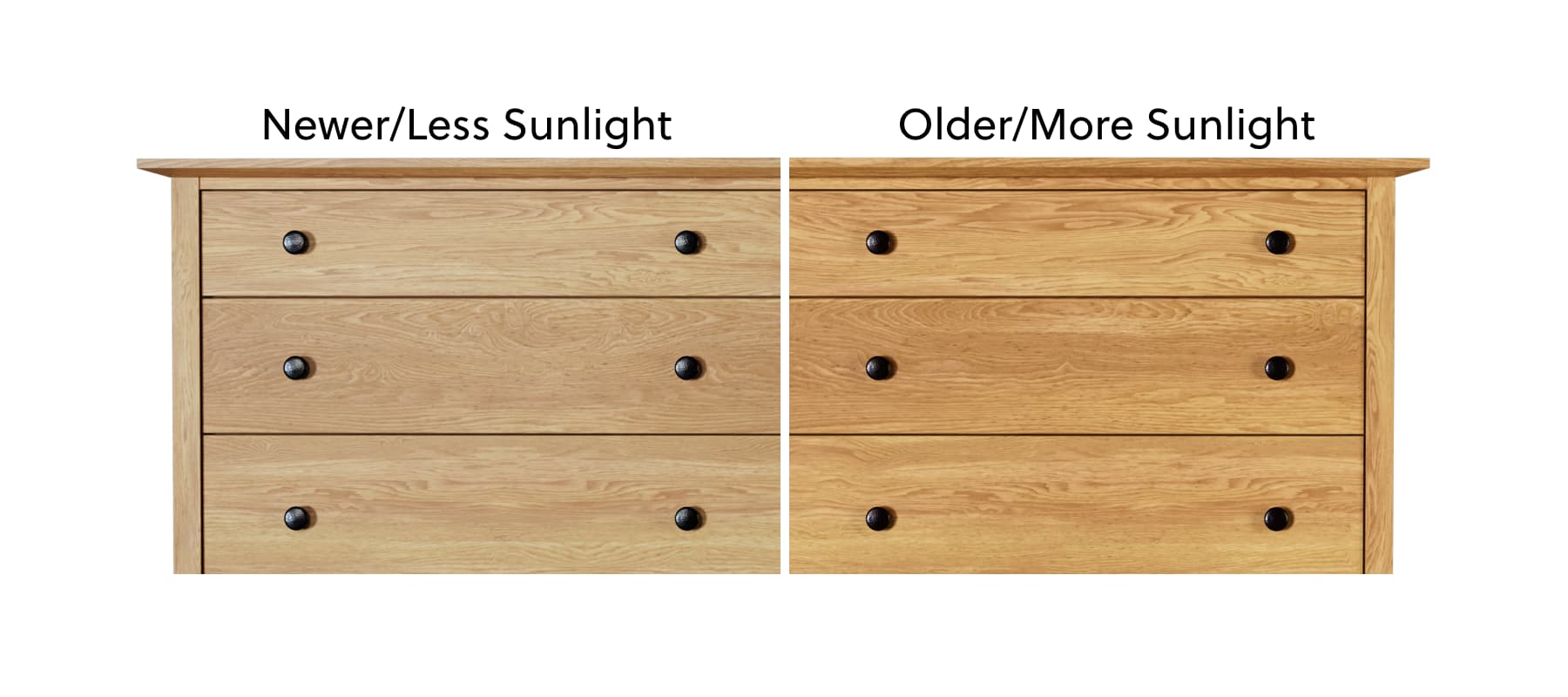
🌳 Birch Hardwood
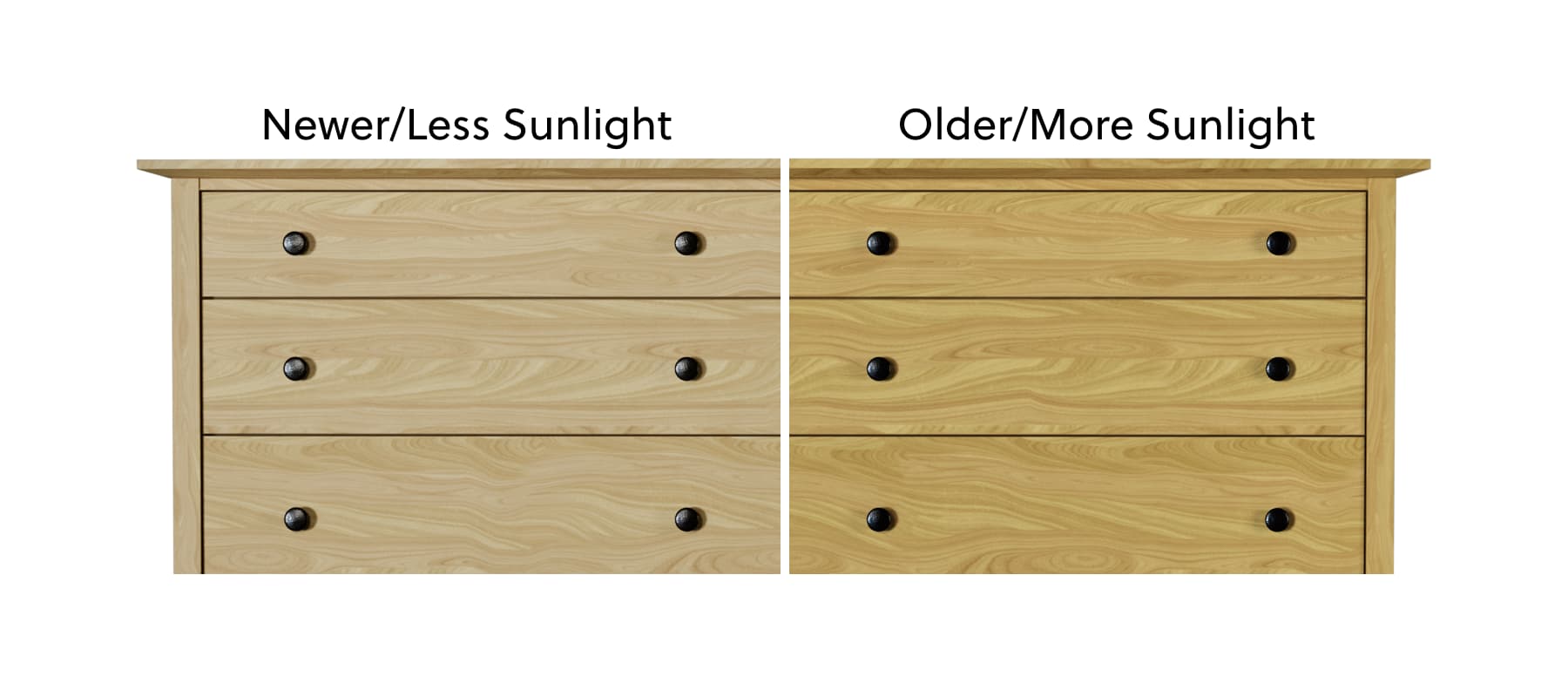
Why Solid Hardwood Matters
Solid hardwood furniture isn’t just a style choice—it’s a commitment to quality, sustainability, and longevity. Unlike mass-market pieces that are destined for the landfill in just a few years, our solid wood furniture is built to last generations. It can be refinished, repaired, and passed down.
At Pompanoosuc Mills, our supply chain starts and ends in North America. We source from responsibly managed forests and work with regional suppliers who share our values. We build everything at our workshop in Vermont, using traditional joinery techniques and hand-finishing processes that respect the integrity of the material.
This is furniture you can feel good about—and furniture that feels good to live with. That’s the promise of Fewer, Better.
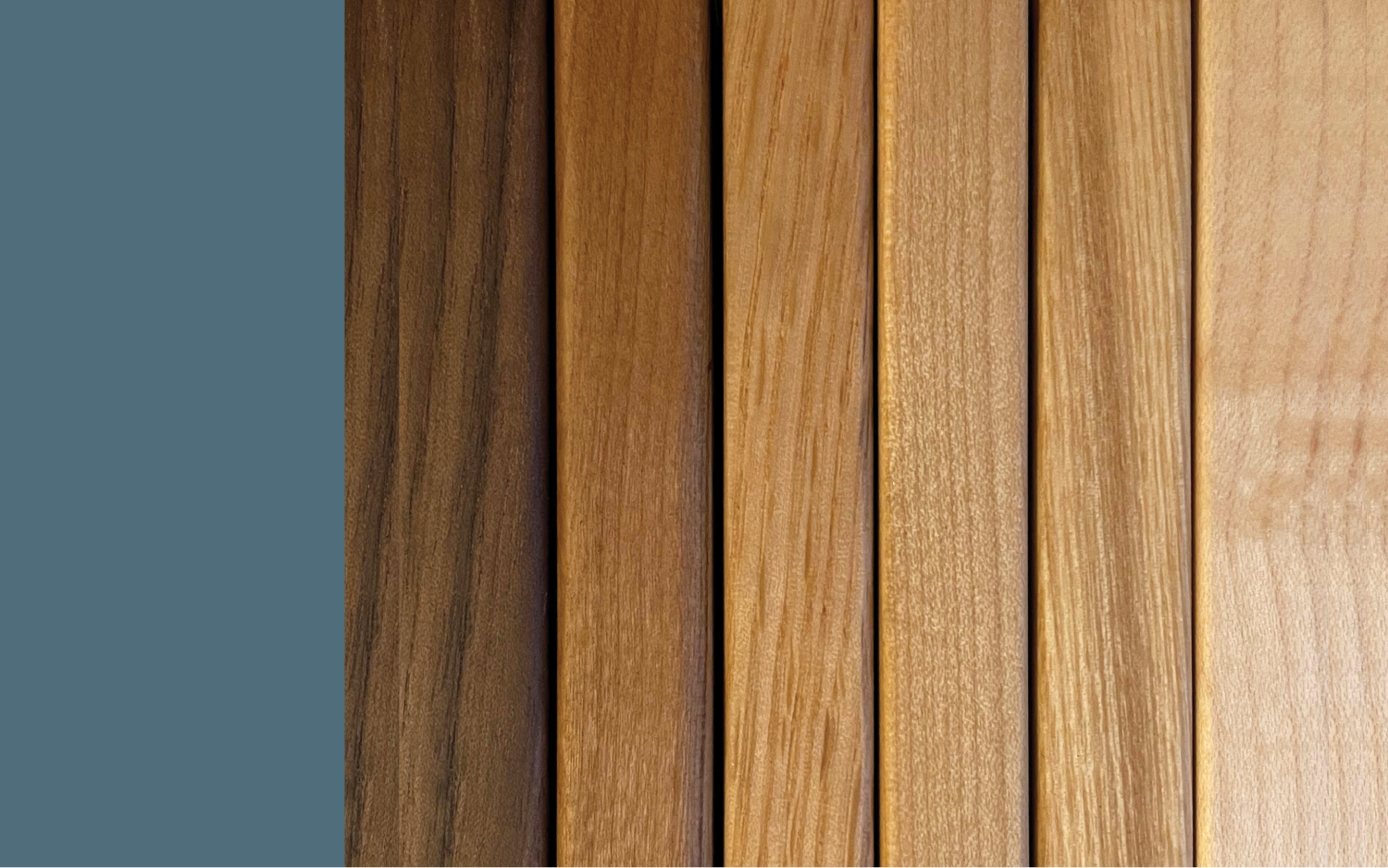















.jpg?width=1175&height=783&name=Treehouse%20Bedroom%20Birdseye%20(1).jpg)